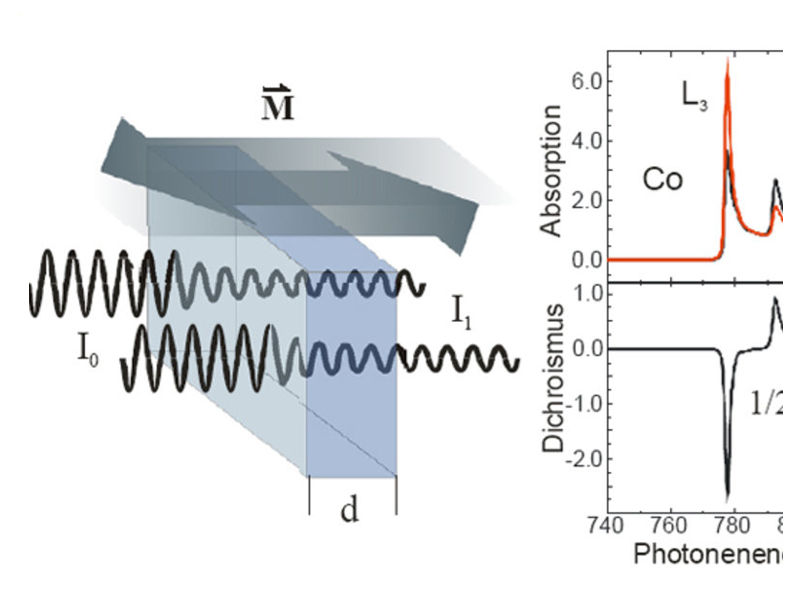
Magnetic X-Ray Spectroscopy
We are intensively using the so called XMCD effect for an analysis of complex magnetic systems. This technique provides an element specific way to determine quantitatively spin and orbital magnetic moments of every atomic species, even in complex magnetic systems. Since the magnetic cross-section can be very distinct very low concentrations and some percent of one monolayer can be addressed. Interesting systems are high performance magnets, d0 magnetism, or exchange bias systems, where the latter have shown unexpected pinned pure orbital magnetic moments at the interface between a ferromagnet and the antiferromagnet.
If we utilize scattering phenomena we gain additional spatial resolution. Using X-ray Resonant Magnetic Reflectivity (XRMR) we are able to additionally investigate the interface modified magnetism and/or electronic structure. Further details could be found in our recent review article.
In the department we use high-perfomance SQUID magnetometer, MFM and highly sensitive MOKE microscopy. For a better understanding of micromagnetic phenomena we developed two new ways to measure so called First Order Reversal Curves (FORC). Utilizing a decent Nonomoke3 system, we were able to measure high resolution FORC in a few minutes. As an example, we analyse in combination with high resolution STXM based magnetic microscopy the complex magnetization reversal behaviour of Fe based magnonic lattices.
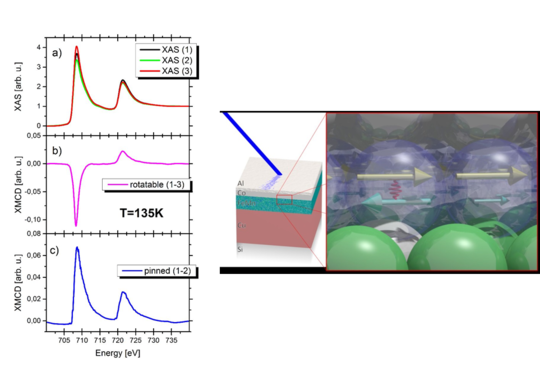 |
Exchange Bias and pinned magnetic momentsEvery magnetic hard disk utilizes the effect of exchange bias (EB) in it’s read sensor. EB appears in systems where an antiferromagnet (here FeMn) is in direct contact with a ferromagnet (here Co). |
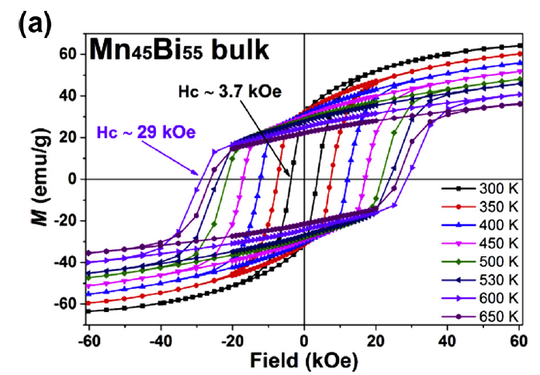 |
High Performance Permanent MagnetsDue to the high demand on cheap and powerful magnets necessary for future electro-mobility and high efficient generators, the search for new and better permanent magnets is one important part in this department. |
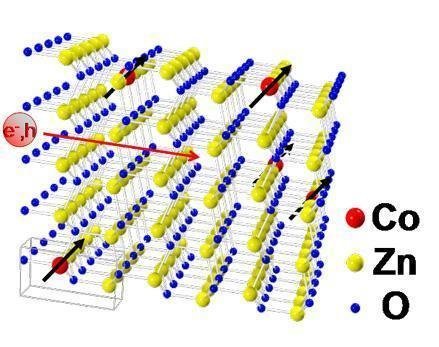 |
Mysterious magnetism of ZnODetailed investigations have been performed at the diluted magnetic semiconductor system ZnO:5%Co. |
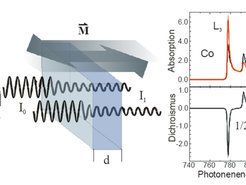 |
X-Ray Magnetic Circular Dichroism (XMCD)XMCD is one of the key methods for microscopic investigations of magnetic systems, which has been pioneered by the Gisela Schütz in 1987 [G. Schütz et al. PRL 58,(1987) 737]. |
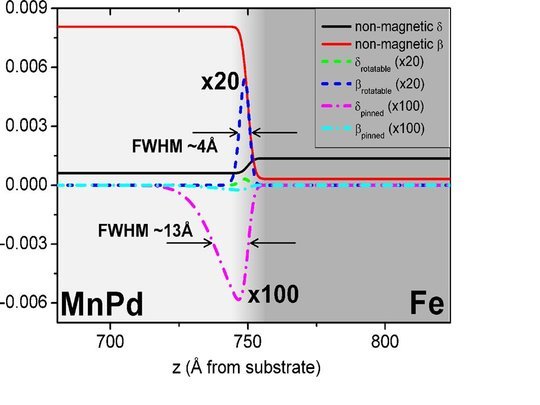 |
X-ray resonant magnetic reflectivity (XRMR)With the XRMR method we can obtain chemical and magnetic depth profiles, with element specific sensitivity. |


